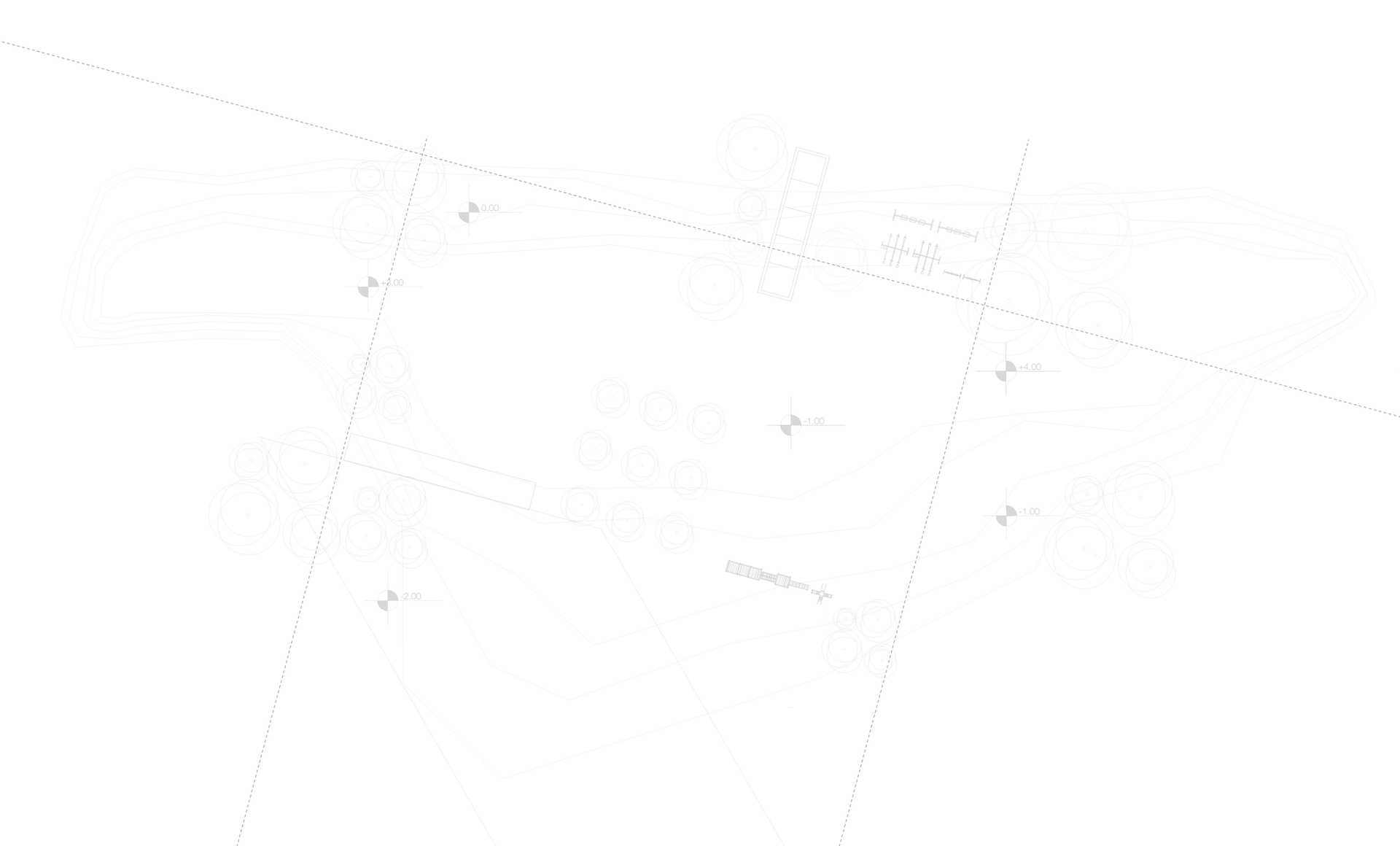
IDEOLOGY
Architecture is about the 'built' and 'unbuilt' to us. The ‘unbuilt’ is the experience of the users in a building whereas the ‘built’ is the constructed component of architecture. Whatever is built lasts for a long time and has a significant impact on the environment and its users.
The firm aims to build passive low-energy architectural designs. Designing in response to the local climate with passive low-energy strategies significantly reduces the energy consumption and carbon footprint throughout the life of that building. In addition to being economical and energy-efficient, they offer a comfortable indoor environment for users in all climates.

All designs should engage in a way that dramatically reduces or eliminates the need for fossil fuels.
- Edward Mazria
Ensure your home design responds to your climate change to maintain a comfortable temperature range in your home.
- Talina Edwards
We should be concerned about our future because, we have to spend the rest of our lives there.
- Francis, Kettering
IDEAL PROCESS
We don't see environmentally conscious decisions to be an add-on to any project. Every decision made in the design process can be in response to passive low-energy architecture.
Standardized steps
The following steps are fixed for all the projects received by the firm.
STEP 1
Various tools like Climate Consultant software, Andrew Marsh website and books are used to obtain data about the climate of the site.
STEP 2
The project brief given by the client is used to understand the duration, time of day and frequency of use and the number of people using various spaces. Data is used to prioritize some spaces.
STEP 3
The given site visit helps in understanding its neighborhood and factors affecting its microclimate. The immediate context, topography, tree cover, soli type are other important factors
Climate Data and Research
Understanding the brief
STEP 4
Site Study
The research is used to formulate a design process for the specific climate type.
Planning process specific to climate type
STEP 5
Steps Specific to Climate
The following steps are specific for hot and dry type of climate.
